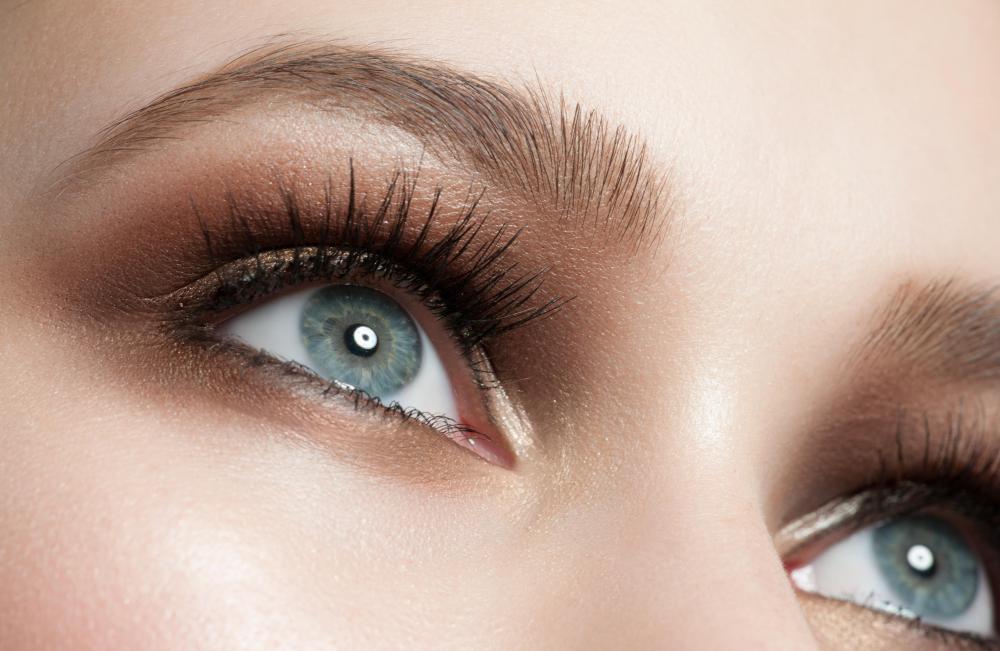At TheHealthBoard, we're committed to delivering accurate, trustworthy information. Our expert-authored content is rigorously fact-checked and sourced from credible authorities. Discover how we uphold the highest standards in providing you with reliable knowledge.
What is the Retinal Pigment Epithelium?
The retinal pigment epithelium, or RPE, is a single layer of cells in the eye, lying between the retina and the choroid, which is a vascular layer at the back of the eye. This epithelium consists of cells that are dark in color, normally dark brown in humans. The cells are hexagonal in shape, and are arranged in a monolayer, to form a layer just one cell in thickness. Each cell is firmly attached to the retina in front, and to the choroid at the back. Each cell has an outer part that is clear, and an inner part that is densely filled with granules of pigment, which gives the epithelium its dark appearance.
The major functions of the retinal pigment epithelium are believed to be related to the nutrition of the eye, in particular the retina, and to the maintenance of the delicate environment necessary for unimpaired vision. As an organ, the retina has a very active metabolism. New nerves and photoreceptors, or light sensitive cells, are continually being created and destroyed. This activity results in the production of significant amounts of water, which could lead to a catastrophic increase in pressure within the eye.

The retinal pigment epithelium serves to transport excess water, along with other waste molecules, from the retina, and out of the back of the eye, to be carried away by the blood supply. The epithelial cells also supply the retinal cells with molecules of essential nutrients, including amino acids, glucose, and vitamin C. Another essential role played by these cells is the supply of vitamin A, which is vital for sight, to the photoreceptors.

A further protective function of the retinal pigment epithelium is light absorption. Excessive light entering the eye may damage the sensitive retinal cells. The pigment of the epithelial cells has a complex composition that enables it to absorb a wide spectrum of different light waves.
As people get older, the aging process of the eye often affects the ability of the retinal pigment epithelium to perform this protective light absorption function. This may lead to a gradual degradation of the retina, and result in poor eyesight. Another disorder related to the RPE is retinal pigment epithelial hypertrophy, which occurs when regions of the epithelium become thicker than normal. This may occur with aging, or may be congenital, that is, present from birth.
AS FEATURED ON:
AS FEATURED ON:














Discuss this Article
Post your comments